As we cruised into the new year, a wave of antiquated works of art, literature, and, yes, even iconic animated characters made their way into the public domain, much to the delight and intrigue of artists, creators, and technologists worldwide. One such classic—Steamboat Willie, the infamous 1928 Disney short that debuted Mickey Mouse—is now casting its shadow on both the blissful and murky waters of copyright law and creative freedom. Let me your tech-enthusiast, investor, and pundit, take you on a journey to explore the implications of this transition and the wild, wacky, and sometimes worrying tributaries it’s created in our sparkling digital world.
Steamboat Willie: Entering New Creative Horizons
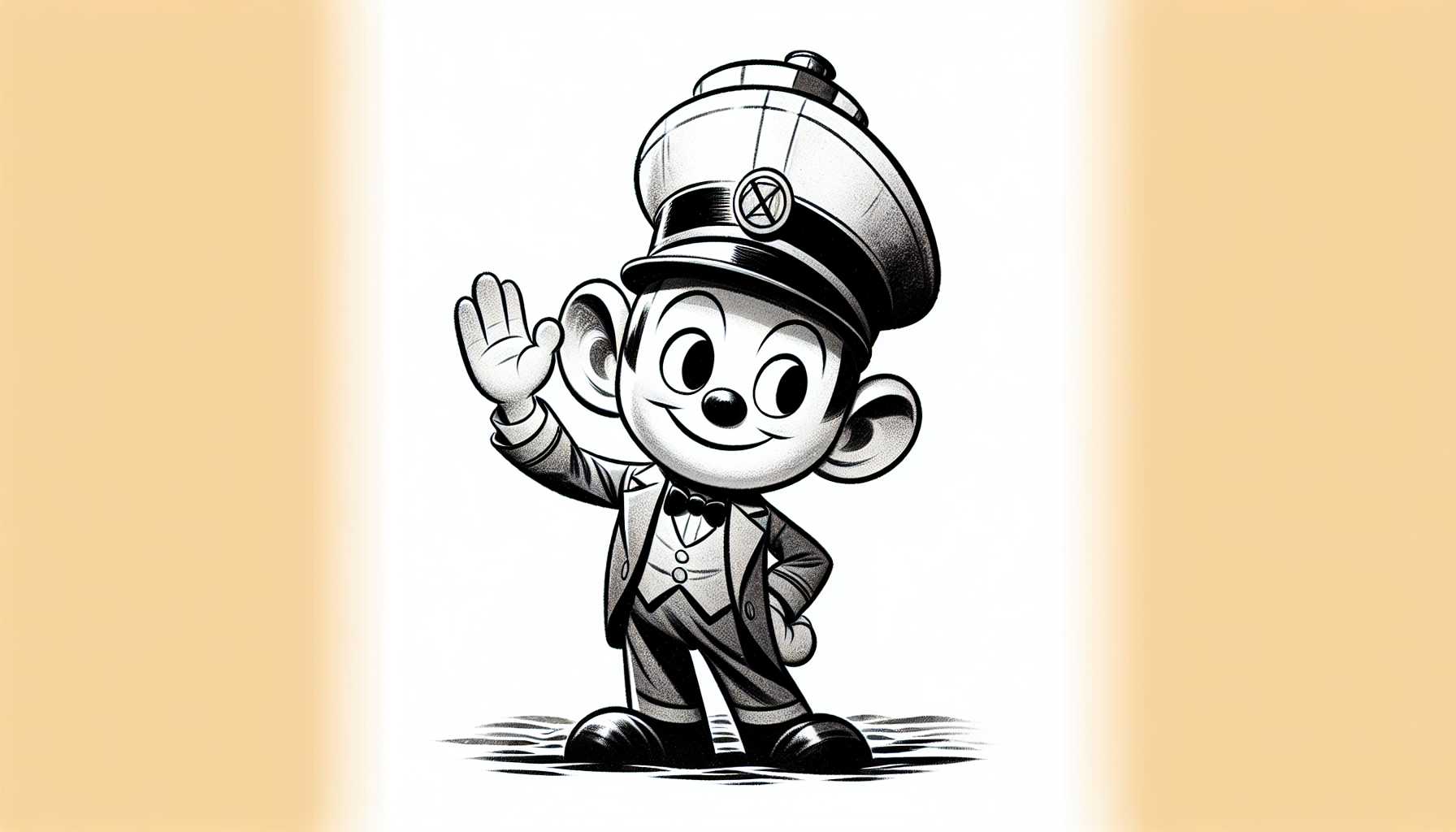 Forget about “Yo-ho-ho and a bottle of rum!” It’s more like, “Yo-ho-ho and a hoard of memes!” as the old-school Mickey Mouse hops aboard the public domain ship, leaving behind the tightly grip of copyright. But what does this actually mean for Joe Public and Jane Creator? To put it plainly, this iconic version of Mickey is now a creative free-for-all, ripe for reinterpretation (hello, horror movies and queer Great Gatsby retellings) and mischief (the less said about certain AI-generated images, the better).
Forget about “Yo-ho-ho and a bottle of rum!” It’s more like, “Yo-ho-ho and a hoard of memes!” as the old-school Mickey Mouse hops aboard the public domain ship, leaving behind the tightly grip of copyright. But what does this actually mean for Joe Public and Jane Creator? To put it plainly, this iconic version of Mickey is now a creative free-for-all, ripe for reinterpretation (hello, horror movies and queer Great Gatsby retellings) and mischief (the less said about certain AI-generated images, the better).
The Fine Print: Copyright Conundrums
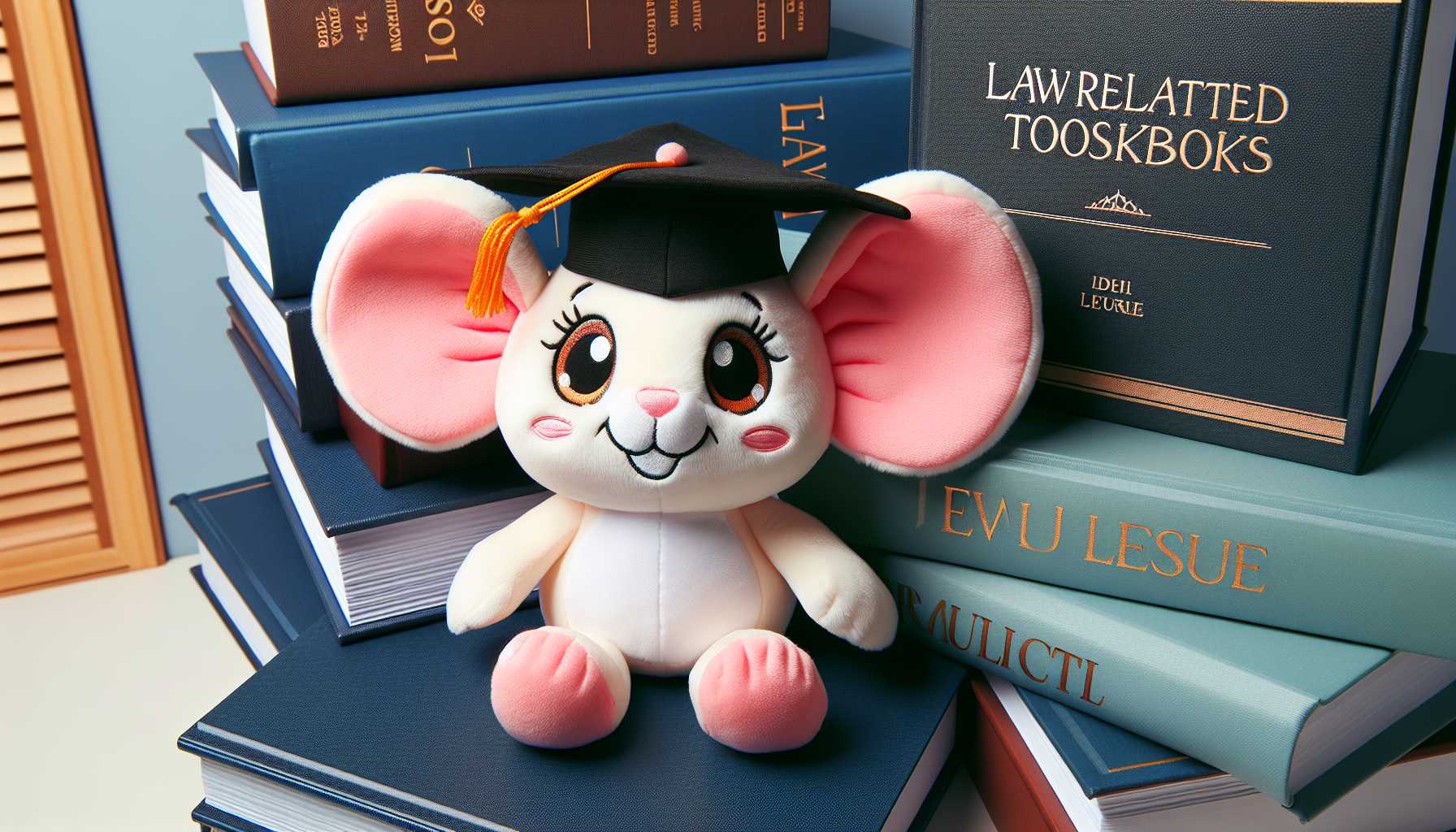 Of course, it’s not a total free-for-all. Sure, you can use Steamboat Willie for inspiration, but don’t think you can snatch today’s Mickey Mouse and dabble without consequences. There’s a thin line—nay, a Great Wall of Legal Jargon—between fair use and infringement. Parody and satire often skate through under ‘fair use’, but tread carefully, creators, or face the wrath of the Mouse House’s formidable legal army.
Of course, it’s not a total free-for-all. Sure, you can use Steamboat Willie for inspiration, but don’t think you can snatch today’s Mickey Mouse and dabble without consequences. There’s a thin line—nay, a Great Wall of Legal Jargon—between fair use and infringement. Parody and satire often skate through under ‘fair use’, but tread carefully, creators, or face the wrath of the Mouse House’s formidable legal army.
The Big Bad Mouse: Corporate Resistance to Public Domain Shifts
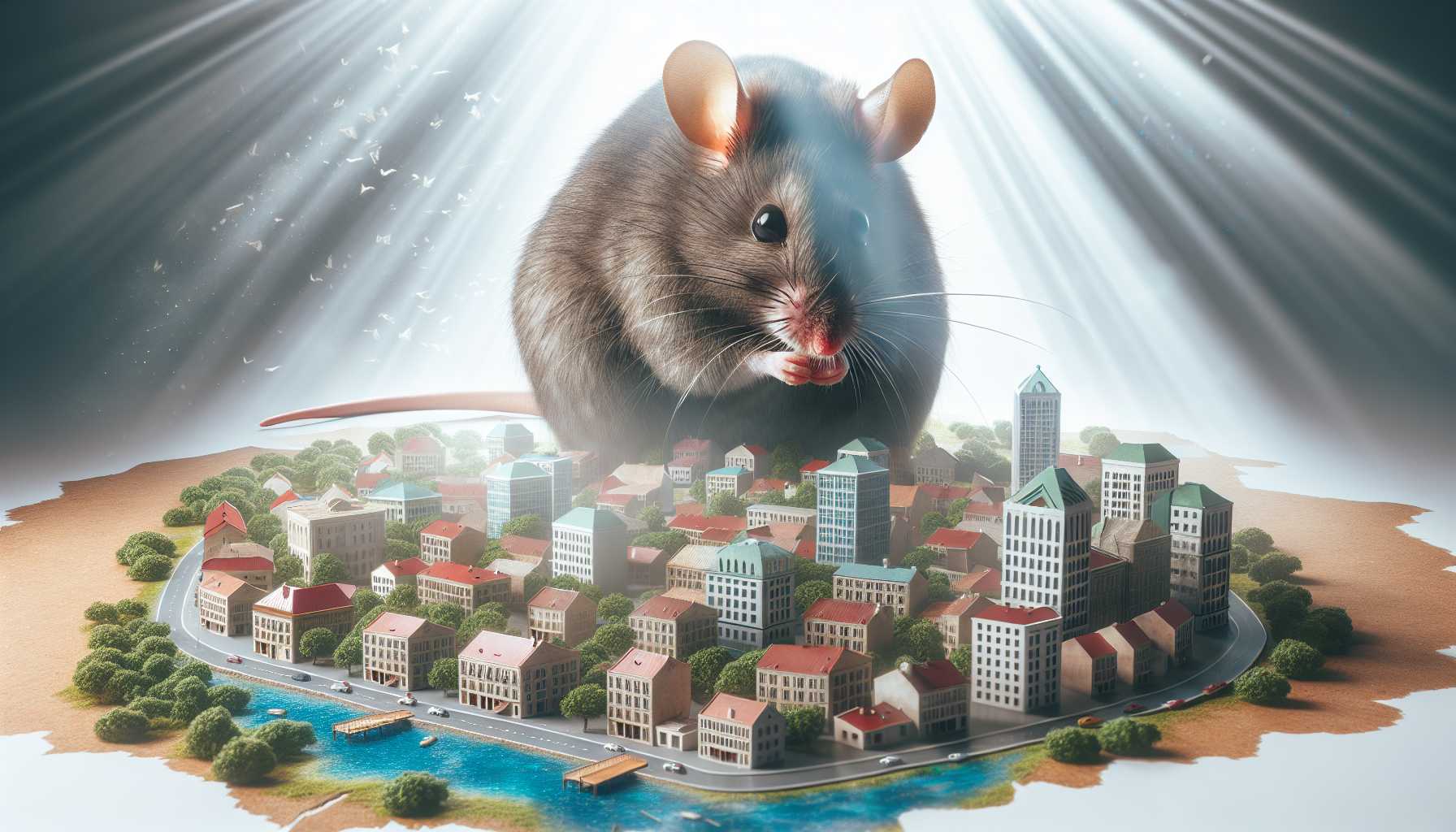 Did you know that Steamboat Willie was supposed to set sail into the public domain seas in 1984? Yet, through a cocktail of legislative lobbying and legal wizardry, Disney postponed Mickey’s public domain party not once but twice! With enough plot twists to match a fantasy epic, copyright extensions ballooned until the inevitable happened: the mouse escaped the labyrinth in 2023. But ironically, many of Disney’s beloved tales have their roots in the public domain—talk about the pot calling the kettle black.
Did you know that Steamboat Willie was supposed to set sail into the public domain seas in 1984? Yet, through a cocktail of legislative lobbying and legal wizardry, Disney postponed Mickey’s public domain party not once but twice! With enough plot twists to match a fantasy epic, copyright extensions ballooned until the inevitable happened: the mouse escaped the labyrinth in 2023. But ironically, many of Disney’s beloved tales have their roots in the public domain—talk about the pot calling the kettle black.
Meme Culture: Challenging the Corporate Goliaths
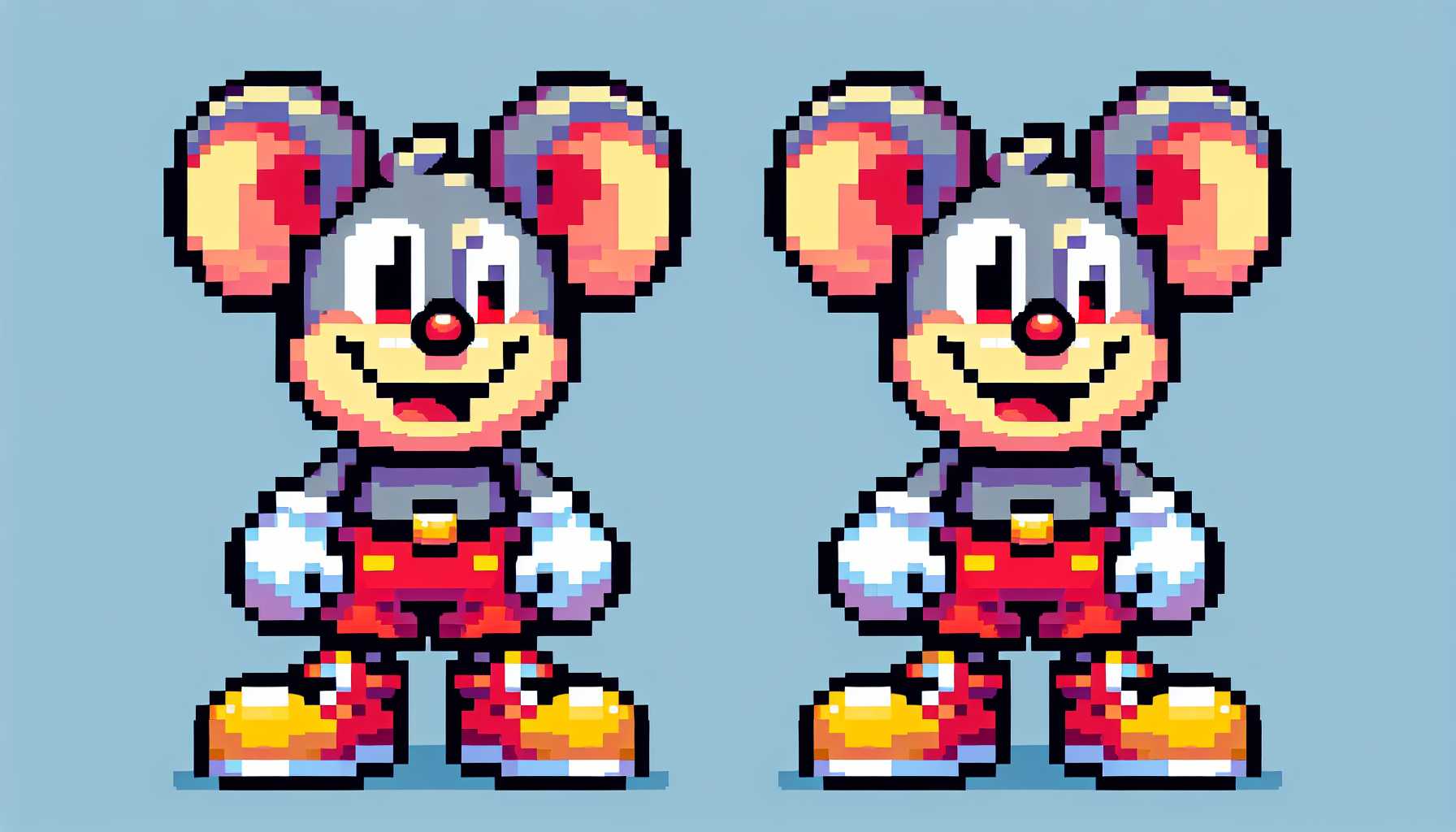 In a world where memes become the slingshot to take on Goliaths, Mickey’s newfound freedom has become a rallying cry on social media. From Twitter’s great insulin hoax to Amazon backtracking on Bernie-Sanders-mitten memes, it’s clear the public relishes the chance to poke fun at untouchable entities. Expect Mickey memes to flood your feeds—if they haven’t already—in both innocent and inexplicably scandalous forms. It’s the wild west out there, and the outlaws have AI on their side.
In a world where memes become the slingshot to take on Goliaths, Mickey’s newfound freedom has become a rallying cry on social media. From Twitter’s great insulin hoax to Amazon backtracking on Bernie-Sanders-mitten memes, it’s clear the public relishes the chance to poke fun at untouchable entities. Expect Mickey memes to flood your feeds—if they haven’t already—in both innocent and inexplicably scandalous forms. It’s the wild west out there, and the outlaws have AI on their side.
Navigating Nightmare: ‘Infestation: Origins’ and the Pitfalls of Rapid Development
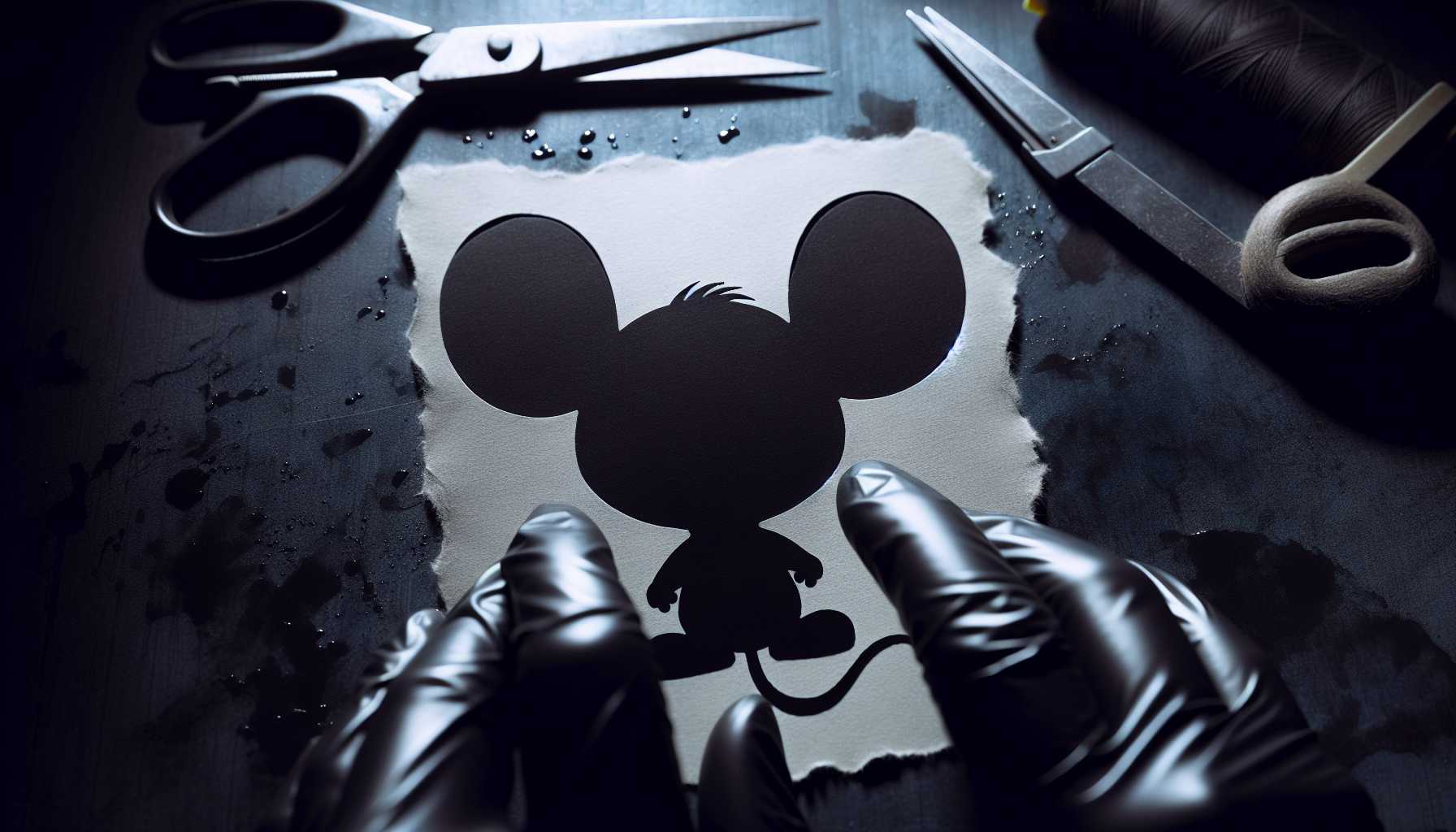 However, with great power (of public domain) comes great responsibility. The creators behind “Infestation: Origins” learned this the hard way, with their co-op survival horror game attracting not only attention but controversy over initially unintended white supremacist connotations in their branding. You did not read that wrong, friends. A cautionary tale that exemplifies the need for keen cultural awareness and vigilance in our era of rapid content creation and distribution.
However, with great power (of public domain) comes great responsibility. The creators behind “Infestation: Origins” learned this the hard way, with their co-op survival horror game attracting not only attention but controversy over initially unintended white supremacist connotations in their branding. You did not read that wrong, friends. A cautionary tale that exemplifies the need for keen cultural awareness and vigilance in our era of rapid content creation and distribution.
AI Gone Wild: The “Creamboat Willie” Debacle
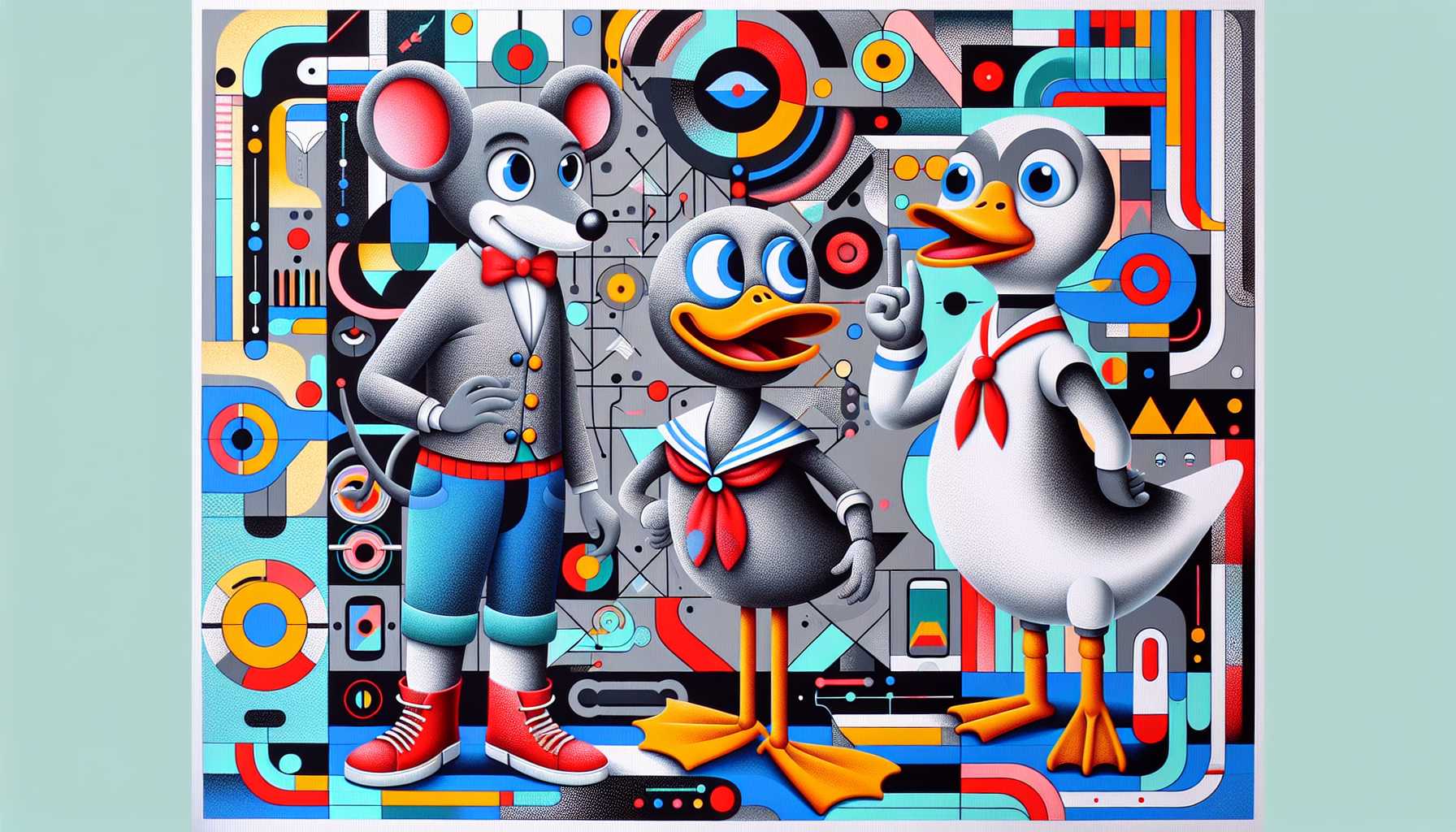 As for AI-generated content, let’s say the lines are blurring faster than makeup in a rainstorm. From Steamboat Willie depicted in decidedly not-PG scenarios to discussions on the ethics and legalities of image generation and copyright limits, the AI scene is abuzz like a hive poked with the proverbial stick. The ordeal begs the question: Should AI tools feed only on the public domain, or continue to gorge on copyrighted content? Let’s chew on that moral gristle for a while. In conclusion, the debut of Mickey Mouse’s Steamboat Willie into the public domain is not just a symbolic milestone—it’s a seismic event that will unchain a whirlwind of creative and, at times, controversial innovations. As we navigate these choppy waters, let’s remember that with this newfound freedom comes a responsibility to respect the nuances of copyright law, socio-cultural sensitivities, and the ethical bounds of technological capabilities. Let’s sail forth, explorers, but let’s also plot our course with care.
As for AI-generated content, let’s say the lines are blurring faster than makeup in a rainstorm. From Steamboat Willie depicted in decidedly not-PG scenarios to discussions on the ethics and legalities of image generation and copyright limits, the AI scene is abuzz like a hive poked with the proverbial stick. The ordeal begs the question: Should AI tools feed only on the public domain, or continue to gorge on copyrighted content? Let’s chew on that moral gristle for a while. In conclusion, the debut of Mickey Mouse’s Steamboat Willie into the public domain is not just a symbolic milestone—it’s a seismic event that will unchain a whirlwind of creative and, at times, controversial innovations. As we navigate these choppy waters, let’s remember that with this newfound freedom comes a responsibility to respect the nuances of copyright law, socio-cultural sensitivities, and the ethical bounds of technological capabilities. Let’s sail forth, explorers, but let’s also plot our course with care.






